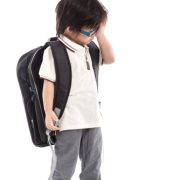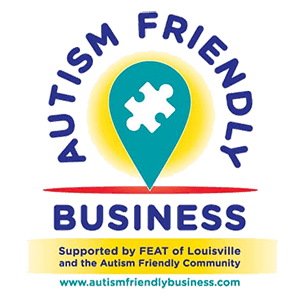9 Tips for Getting Your Child to Wear a Mask

Children happily wearing masks as our world adjusts to the Post-Coronavirus-Pandemic-Lifestyle.
Like many parents, I’ve been wondering how I’m going to get my child to wear a mask once the Shelter at Home time is over. I’ve done some research, by both chatting with other parents and some trial and error on my own at home, and I’ve had some success! So I thought I would share some tips with all of you for you to try with your children at home! I’ve come up with 9 Tips for getting your children (ages 2 and up) to wear a mask. For children 2 and younger, or if your child has a medical condition where use of a mask may be questioned, please consult your pediatrician first. Let’s get started!
- Focus on the positive benefits of wearing a mask by saying something along the lines of “We are helping others stay safe from our germs when we are not at home.” This kind of wording (instead of statements focusing on concern of other peoples’ germs) encourages social responsibility instead of inciting fear, which can lead to panic and anxiety issues for children. You can also liken you wearing masks to help others to Superheroes who wear masks while helping others.
- Start preparing them now. This gives them time to warm up to the idea of wearing a mask, which is a big adjustment to our lives. Wear your mask around the house. While in public with them, point out others wearing masks and voice gratitude by saying something like “that nice person is keeping everyone safe by wearing a mask!” You can also show them pictures of other children wearing masks so they can see that other children are wearing masks too. If some of their friends already have masks, set up a Zoom/FaceTime with that family so the children can see one another wearing their masks.
- Let the child pick one out on Etsy or a shopping website. If they’ve been included in the process of picking it out, this may create more buy-in to actually wearing it.
- If you’re crafty, create masks together as a family at home by watching one of the dozens of How-To videos. Or let your child decorate a purchased mask by adding paint, glitter paint, stickers, buttons, bows or by bedazzling it at home. However they may personalize it, will help them feel more proud and enthusiastic to wear it.
- Be playful! Sometimes when we come to children in serious tones about serious matters, it brings up resistance. Try being playful by introducing a mask on one for their favorite stuffed animals or dolls.
- Go ahead and start practice using the mask. Use Pretend Play to practice the whole process of washing hands, putting on the mask, going to run an errand, and then come back home to wash hands again before taking off the mask. Help your child practice using the mask while looking in a mirror. Sometimes children are resistant to new experiences involving their body because they don’t fully understand what’s happening to them (it’s an example of normal brain development in children). By practicing in front of a mirror, they see what’s happening to them and that it’s not so scary! Practice putting on and taking off a mask on their stuffed animals/dolls.
- Something important to remember is that for children under the age of 6, it may be challenging to recognize loved ones when they are wearing a mask because they aren’t seeing your whole face. Make a game of it and play a mask version of “peek-a-boo” with your children to help them grasp that you’re still you when you wear a mask.
- If all else fails, try some old school bribery to help them get over the initial fear and resistance of the mask. Offer something that is motivating to them such as a favorite snack/treat or a special activity and offer it in increments of use of the mask. For example, offer a treat when they put the mask loop on one ear, then again when they loop the other ear, then again if they can wear it for 15 seconds, then 30 seconds, then 1 minute, then five minutes. This helps them increase the amount of time they’re able to comfortably wear a mask.
- Lastly, be patient. This is a big adjustment for all of us. If big feelings present themselves, validate those feelings, help your child calm down, and then try again later.
I hope this information is helpful as we all adjust to our new normal! Should you need assistance in adjusting to all the lifestyle changes around us, contact us to set up a consultation. Good luck, Parents!














